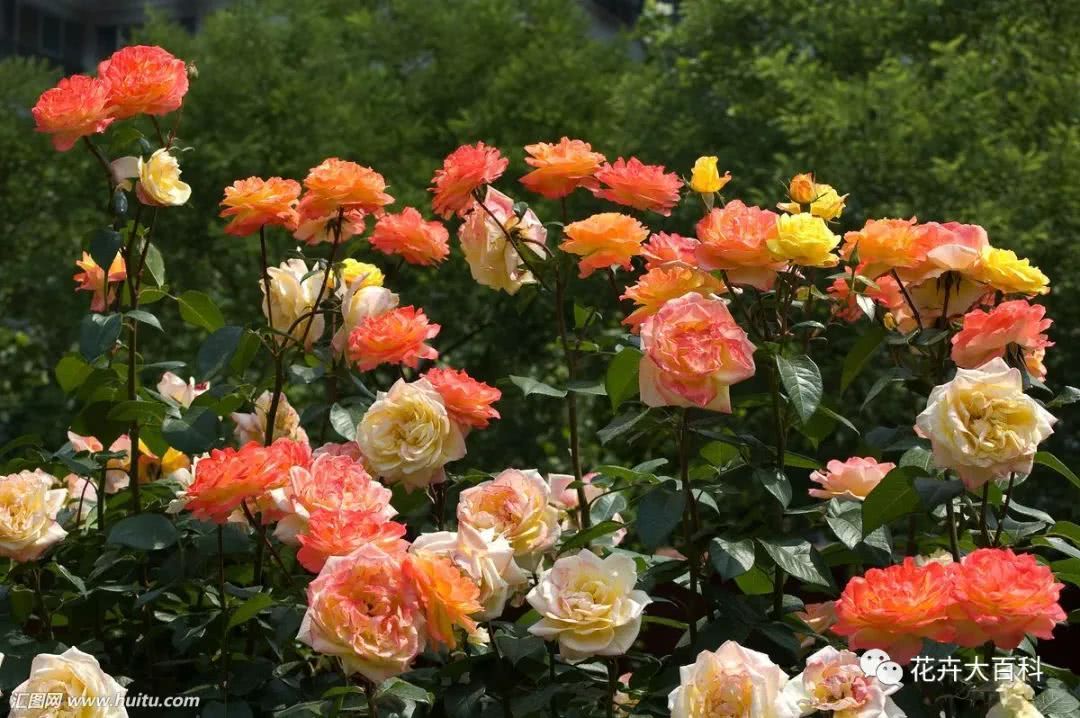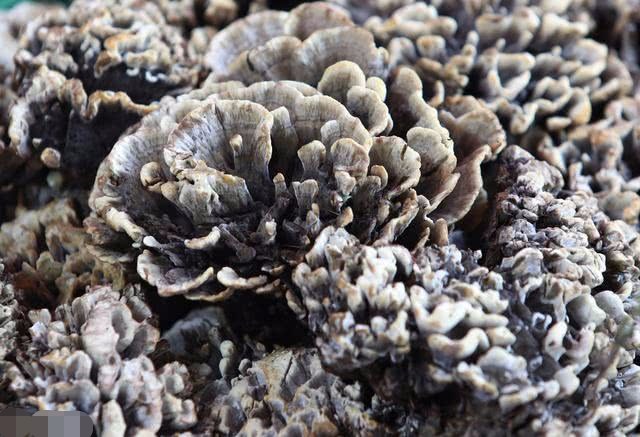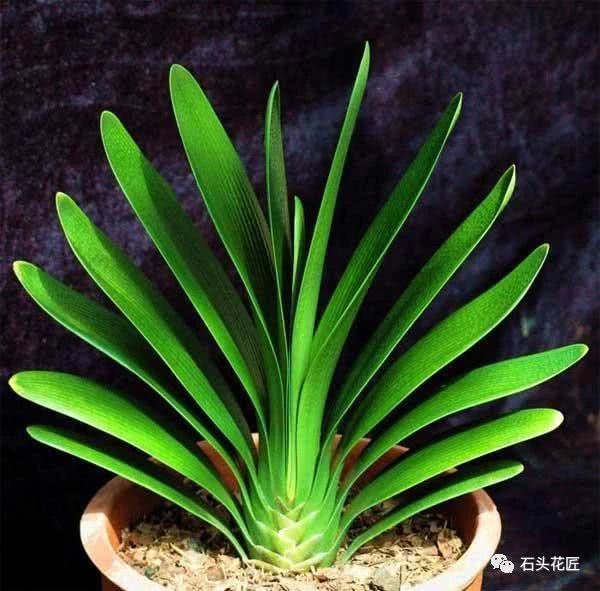The symptom and transmission route of rose brown spot can make the rose flower more robust from the source.

Rose black spot disease, also known as brown spot disease, is a common disease of Chinese rose. First of all, we should start from the source of infection, clean up the fallen leaves and remove insect branches and diseased leaves in time. Broad-spectrum fungicides were used to control the disease from the early stage of the disease.
Beautiful rose flowers
Symptoms of black spot disease
Black spot infection of rose is mainly due to the possibility of infection of twigs, pedicels and leaves of rose. Purple-brown or brown plaque is the initial shape of the disease spot, with the passage of time, the diameter of the disease spot also enlarges, and some of the edges are fibrous.
Rose branches affected by disease
The disease spot is often surrounded by a yellow halo, the disease spot is usually several linked together, and the diseased leaves will appear yellowing in a large area. Diseased leaves are easy to fall off, but there are also a few rose varieties that do not fall leaves. Young shoots and pedicels produce black striped spots, slightly sunken. When the degree is serious, it will cause all the leaves in the middle and lower parts of the plant to fall off, leaving only a few new leaves at the top.
Rose black spot
Transmission route of black spot disease
The main source of infection of black spot is that the hyphae remain in diseased branches and leaves during overwintering, and the formation of conidia in early spring next year is one of the initial sources of infection. Rain Water with wind, rain and splash is the transmission medium of conidia, so it is easy to get sick in rainy, foggy or dewy weather. Germs can invade and infect many times, threatening the growing period of the whole rose. In particular, the rainy season and typhoon season are the most serious, and the hot weather in summer will slow the spread of pathogens. The pathogen is more likely to infect when the plant is weak. Different varieties have different disease resistance, but they are not immune to secondary diseases.
Rose black spot
Prevention and control of black spot
1. The Prime Minister should start with the source of infection and clean up the fallen leaves in time to remove diseased branches and leaves. In winter, it is necessary to strengthen the pruning of seriously diseased plants and remove the overwintering pathogens on diseased branches and leaves one by one.
Rose black spot
2. The rose cultivated in potted plants should not be too dense. If the rose cultivated in potted plants is directly placed on the ground, it is easy to make the potted soil too wet because of the stagnant water on the ground. It is best to put it on a flower shelf or spread a layer of brick at the bottom to isolate water. Water slowly along the edge of the flowerpot. Don't spray too often. Do not water at night, because leaf moist bacteria are more likely to infect.
Rose cultivated on the flower shelf
3. Broad-spectrum fungicides should be sprayed from the beginning of new leaves in summer, usually every 7-10 days. The medicine can be diluted with chlorothalonil wettable powder at 500 times or 75% carbendazim soluble powder diluted at 800 times, or 70% methyl topiramate with 1000 times dilution, for preventive treatment.
Only by careful care can the rose flowers thrive.
- Prev

Can wild dried mushrooms be artificially cultivated at an expensive price?
Abstract: Wild Ganba mushroom is expensive, can it be cultivated artificially? Some people say that in addition to matsutake, it is expensive to dry Pakistan bacteria on the mountain. Can dry Pakistan bacteria be planted artificially? Ganba fungus, scientific name Ganba leather fungus, is a wild rare food...
- Next

To raise these six kinds of flowers, cut one knife and start from scratch for another 2 weeks to sprout more prosperous and denser buds.
Raise these 6 kinds of flowers, cut 1 knife to "start all over again", 2 weeks to show new buds, more prosperous, denser! Growing flowers has become a living habit of many people. In daily life, many friends and family like to raise some flowers and plants. Like hanging orchids, gentleman orchids,.
Related
- Wuhan Hospital Iron Tree Blooming Result Was Instantly Frightened by the Gardener Master
- Which variety of camellia is the most fragrant and best? Which one do you like best?
- What is the small blue coat, the breeding methods and matters needing attention of the succulent plant
- Dormancy time and maintenance management of succulent plants during dormancy
- Minas succulent how to raise, Minas succulent plant pictures
- What are the varieties of winter succulent plants
- How to raise succulent plants in twelve rolls? let's take a look at some experience of breeding twelve rolls.
- Attention should be paid to water control for succulent plants during dormant period (winter and summer)
- Watering experience of twelve rolls of succulent plants
- Techniques for fertilizing succulent plants. An article will let you know how to fertilize succulent plants.

